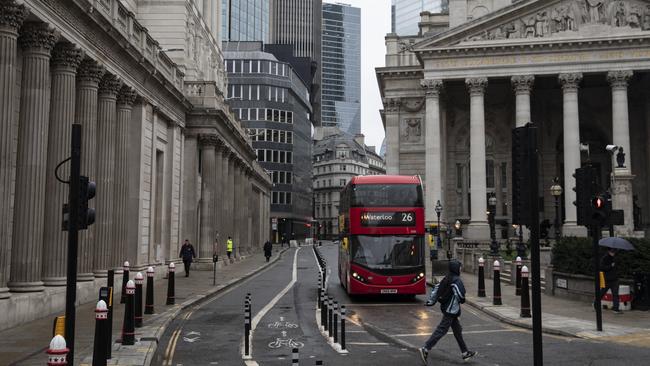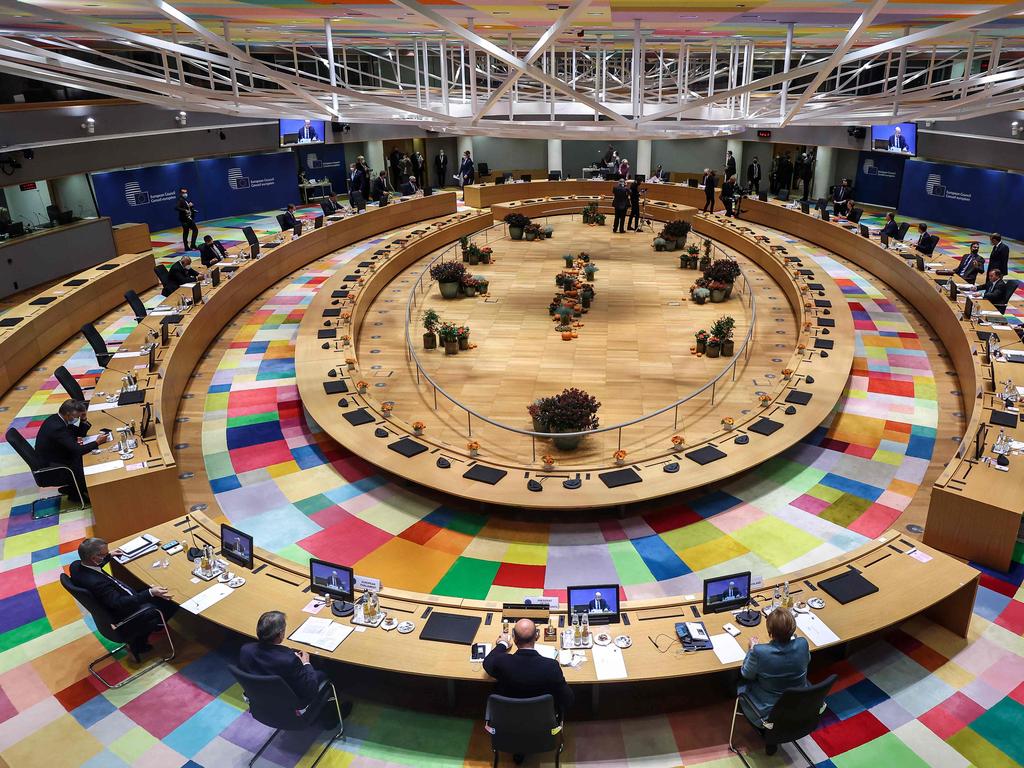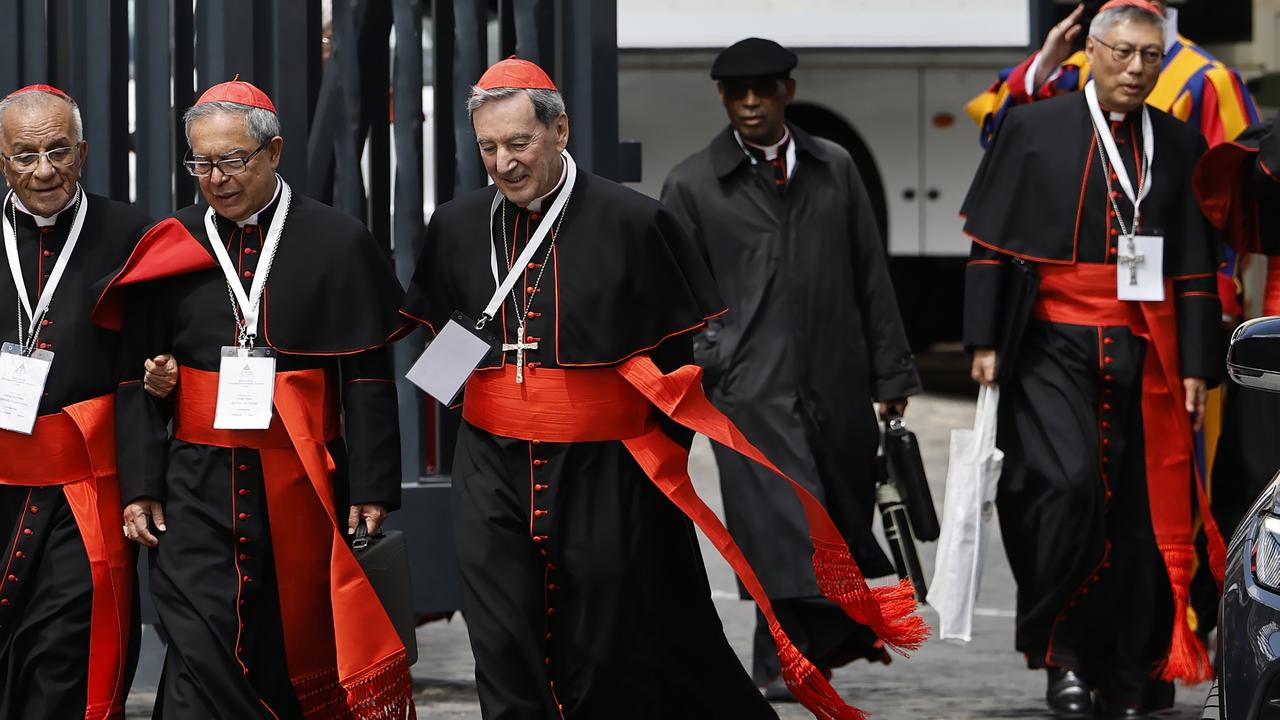Covid puts Bank of England’s independence in doubt

So successful had the bank been that it may be managing itself out of a job, Andy Haldane, its chief economist, suggested in a recent speech. Because the young had no reference point for high inflation, there could be “a less strong constituency for independence”.
Yet for all the reasons to celebrate, there was anguish at the conference, not backslapping bonhomie.
At the end of 2017, the bank’s independence was under threat like never before. Several politicians were calling for the head of Mark Carney, the governor, claiming that he had abused the bank’s code of impartiality by warning of a Brexit recession. Quantitative easing was being blamed for widening wealth inequalities because the money printed had been used to buy financial assets, sending those prices soaring. At Fishmongers’ Hall, a number of speakers argued that “peak” independence had been reached.
Over the following 12 months, the warnings subsided as the bank raised rates twice to 0.75 per cent. But last year’s actions brought the issue of independence back into glaring focus. For many, the bank crossed the Rubicon during the pandemic. Almost every penny of debt issued by the government to cover the cost of lockdown was matched by a penny of QE. If it looked like Zimbabwe-style monetary financing and smelled like monetary financing, perhaps the central bank was financing the government’s deficit, they said.
Technically, the bank is prohibited from buying government bonds directly from the state, but those private sector investors who buy the bonds are quite free to sell similarly dated ones to the bank outside of the fortnight for which restrictions are in place. Sir Paul Tucker, a former deputy governor at the bank, certainly is suspicious. He wrote last month: “It has been difficult to tell whether the bank has reverted to being the Treasury’s operational arm.”
For the 18 biggest investors in the market, it is not even a debate. The majority made clear in a Financial Times survey that the bank was deliberately matching QE to government issuance to absorb the debt and keep the Treasury’s borrowing costs low.
Should markets conclude that the bank is monetary financing, it would be a far worse threat to independence than angry Brexiteer MPs. Investors collectively would be saying that they no longer believed that the bank was acting independently to keep inflation in check and would demand higher rates for their money.
To reclaim its independence, the bank would have to raise rates to prove that it was fighting inflation. Policymakers effectively would be trapped. Either way, the real economy — and the government — would feel the harsh winds of higher borrowing costs. And politicians, who ply what Sir Paul calls “an opportunistic trade”, no doubt would attack the bank for failing the country in its hour of need.
This year will be a serious test for the bank. Every way you look, its options are narrowing. Economists reckon that the third lockdown will add another £30bn ($52bn) to government borrowing on top of the £394bn in the year to March and £160bn in 2021-22. The bank has committed a total of £450bn of QE since the pandemic, £150bn of which is for 2021, more than doubling its portfolio despite the concerns about inequality. In February, it is likely to accelerate the rate of purchases, buying more gilts every month to keep borrowing costs low.
At some point, the bank will have to step back, either by reducing the purchase rate or because the £150bn is spent. If private investors cannot soak up the debt issuance alone, then government borrowing costs, on which real economy rates move, will rise and the bank may feel obliged to intervene with more QE. There are also calls for the bank to use QE in the recovery so that the government can afford to ramp up infrastructure spending. Either would leave it open to accusations of monetary financing, with associated risks.
Another option to spur the recovery being investigated by the bank is cutting rates from the present 0.1 per cent into negative territory, or giving banks subsidised funding so that they can reduce their lending rates, as the European Central bank has done. But the bank has less flexibility than the ECB.
With about £5bn of capital and nearly £1 trillion of assets, it is one of the most leveraged institutions in the world. Central banks make money in a number of ways: through “seigniorage”, the return from selling banknotes at face value to cash operators; interest paid on the gilts held through QE; and the “cash deposit ratio”, a requirement that commercial lenders place non-interest-bearing deposits at the central bank, which it can then invest in bonds.
Unlike the ECB, the bank sweeps all seigniorage and QE receipts back to the Treasury, leaving it with only limited cash deposit income. Were it to start subsidising commercial bank funding, it would quickly burn through its capital. At that point, the bank would have to go to the Treasury for a top-up from the taxpayer. Doing so would turn its actions from monetary into fiscal policy, only without electoral accountability.
What this all means is that the bank’s balance sheet is another source of risk to its independence. Blurring monetary and fiscal policy would raise questions about its status and would give politicians who want to rein in its power a chance to rewrite the rule book.
Assuming that the vaccine program works, there should be a sharp economic rebound this year and, with it, the threat of higher inflation. Jettisoning the implication of monetary financing and reasserting its independence to prevent a loss of confidence in inflation targeting will be the bank’s biggest task this year.







Just over three years ago, the Bank of England celebrated two decades of independence. There was much to toast and luminaries who attended the event at London’s Fishmongers’ Hall made sure to raise a flute or two. Independence had consigned rampant inflation to history. Since Labour had given the bank control over interest rates, inflation had averaged 2 per cent — bang on target. In the preceding two decades, it had been 6 per cent.